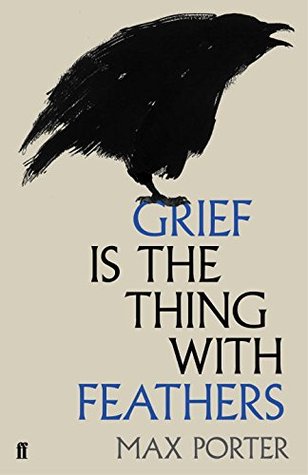

Note that Dickinson’s poem has served as inspiration for several books with the same, or almost the same, title so be sure to check the author. The chapters are easy to dip into and encourages readers to reflect on our own behaviors. The book’s title comes from an Emily Dickinson poem (“Hope” is the thing with feathers) and Strycker’s writing is equally poetic and passionate. Each note offers additional readings and films for those who want to further explore the described behaviors. End Notes explain the sources for his research and describes themes that are based on Strycker’s own interpretations from his field experiences. Without anthropomorphizing, Stryker explains these behaviors and frequently connects it to our world and helps us learn what it means to be human.Įach chapter includes a drawing of the bird being discussed. Vultures can distinguish taste, preferring to eat the carcasses of herbivores rather than carnivores. Especially interesting is the examination of pecking order in chickens. Magpies are able to recognize themselves in mirrors and nutcrackers have amazing memories and can recall literally hundreds of locations where they have stored seeds.

He explores how pigeons learn to find their way home and the navigational skills of other species and why bower birds decorate their nests and appreciate their own version of art. Strycker focuses on experiments and studies that support his ideas that “ird behavior offers a mirror in which we can reflect on human behavior.” That, along with his degree in Fisheries and Wildlife Sciences and many field trips, allows him to explore the behaviors of different bird species and how their behaviors connect with that of humans in The Thing With Feathers.Įach chapter focuses on a single species, and it should be noted, those included are often not the “rock stars of ornithology.” The chapters are divided into three sections: Body, Mind, Spirit.

In 2015 he completed a worldwide big year, seeing almost 60% (6,042) of the world’s 10,400 bird species on all seven continents. Strycker is often described as a “birder at large” and he has birded around the world. Posted on AugCategories: Book Reviews, Signal Smoke Homeīy Jeanette Larson, Travis Audubon Master Birder


 0 kommentar(er)
0 kommentar(er)
